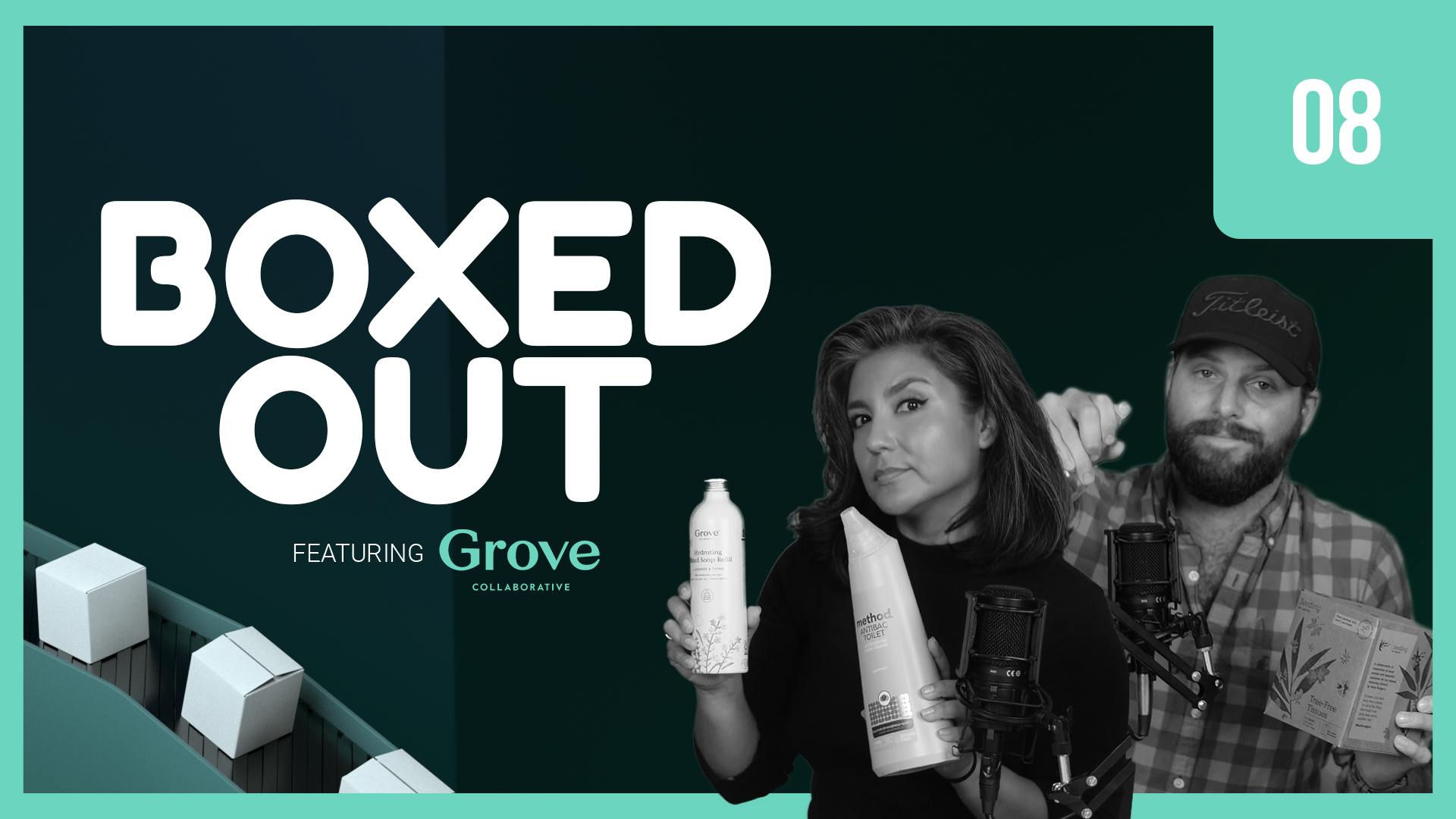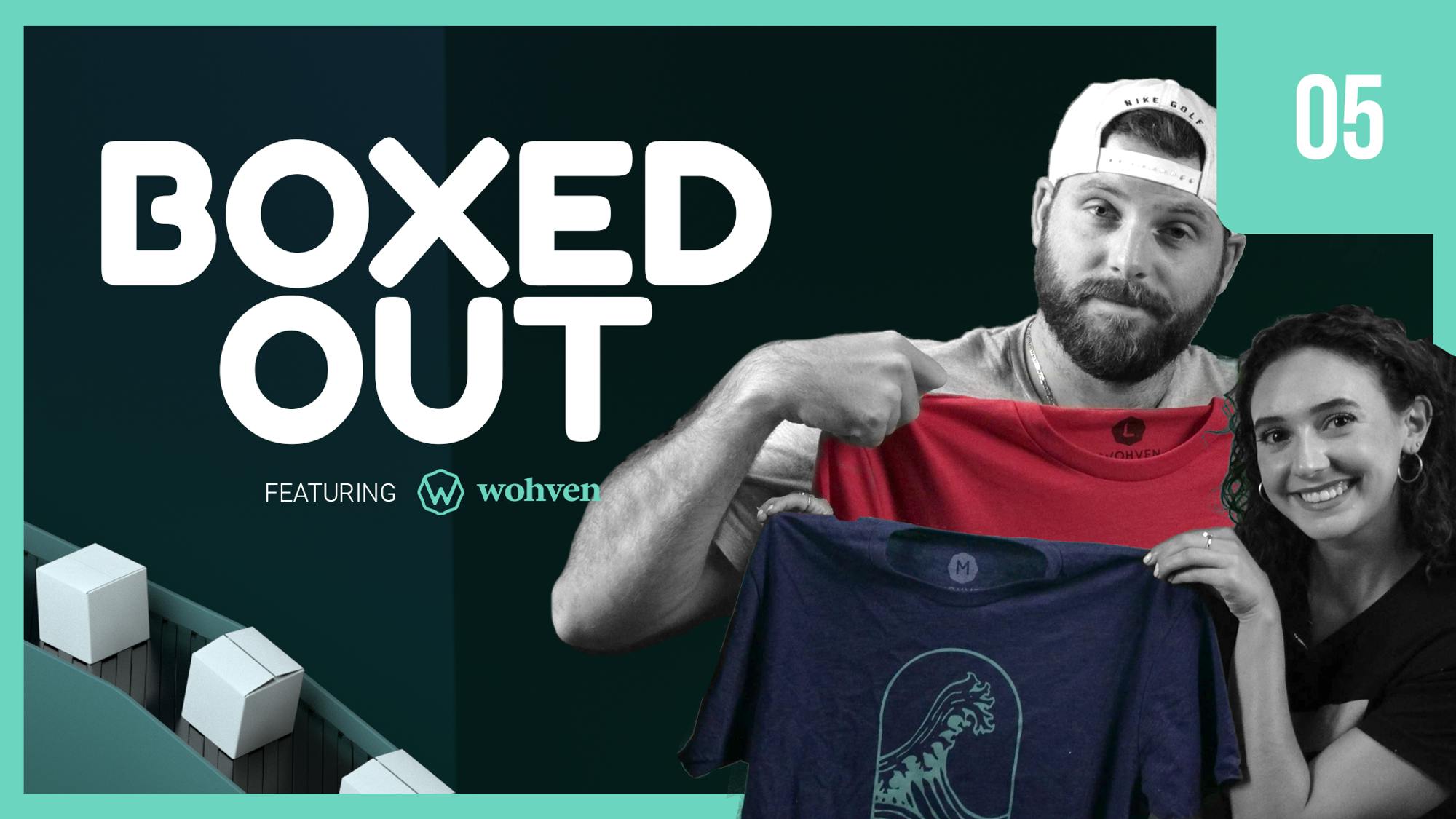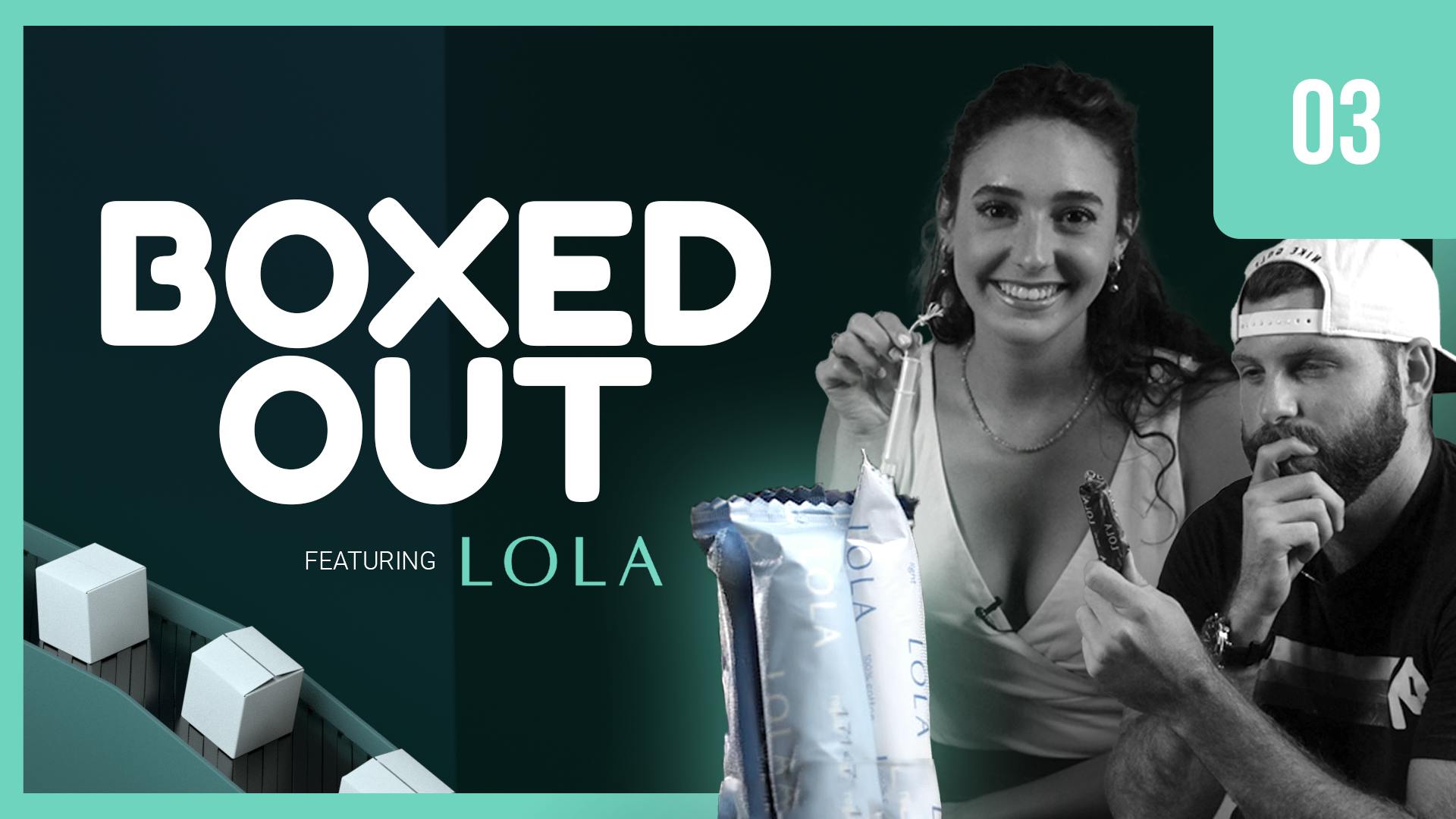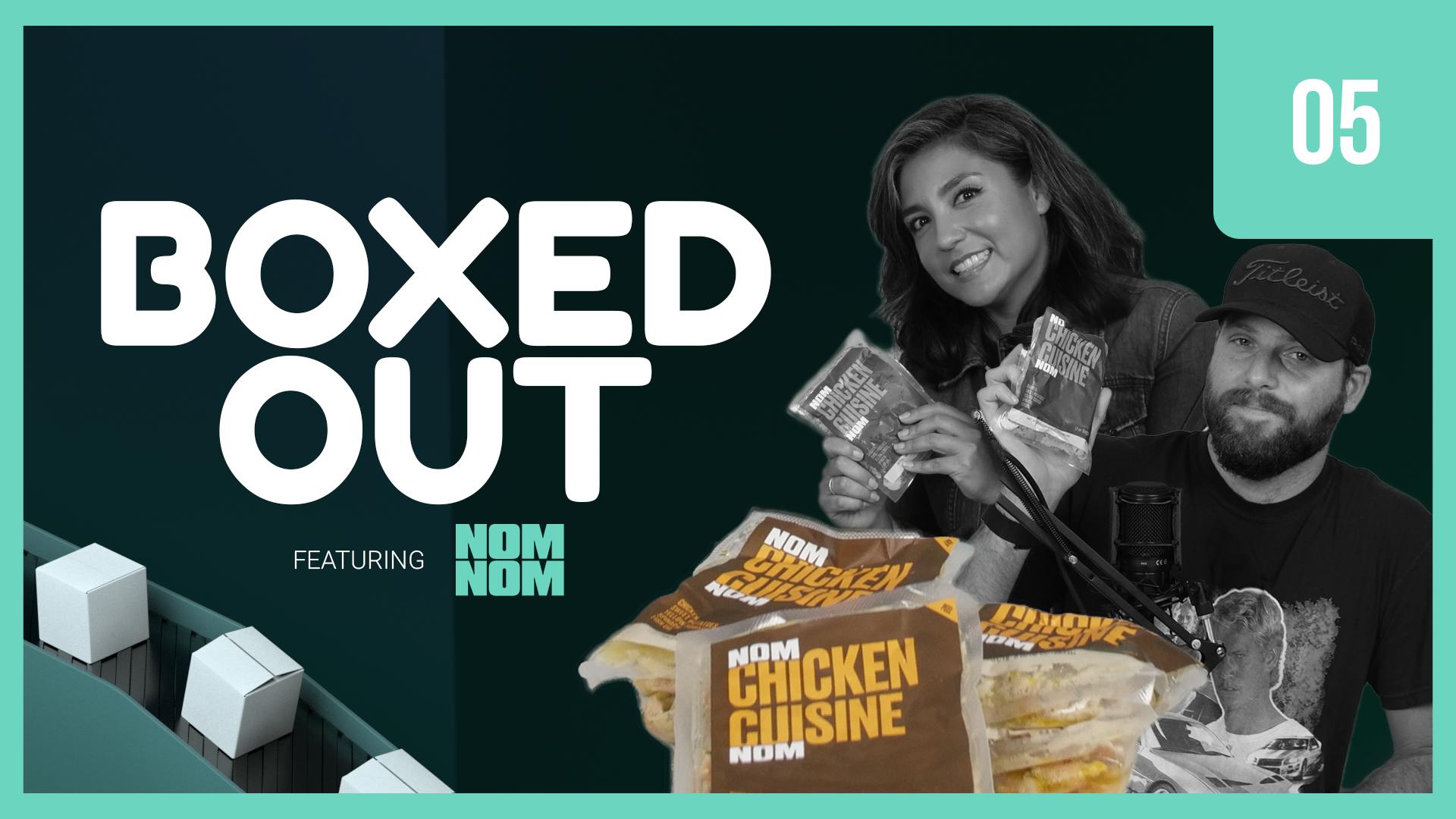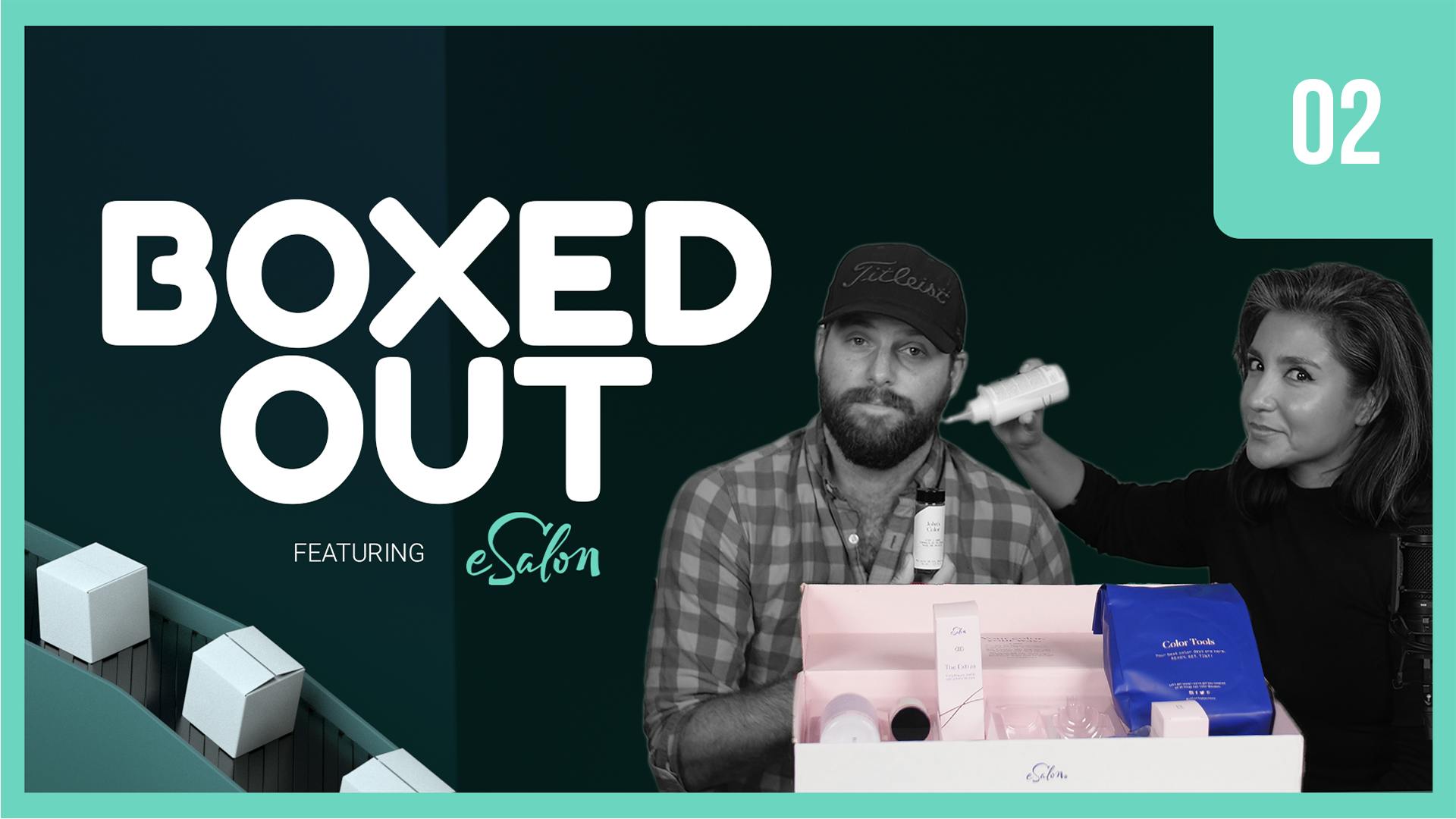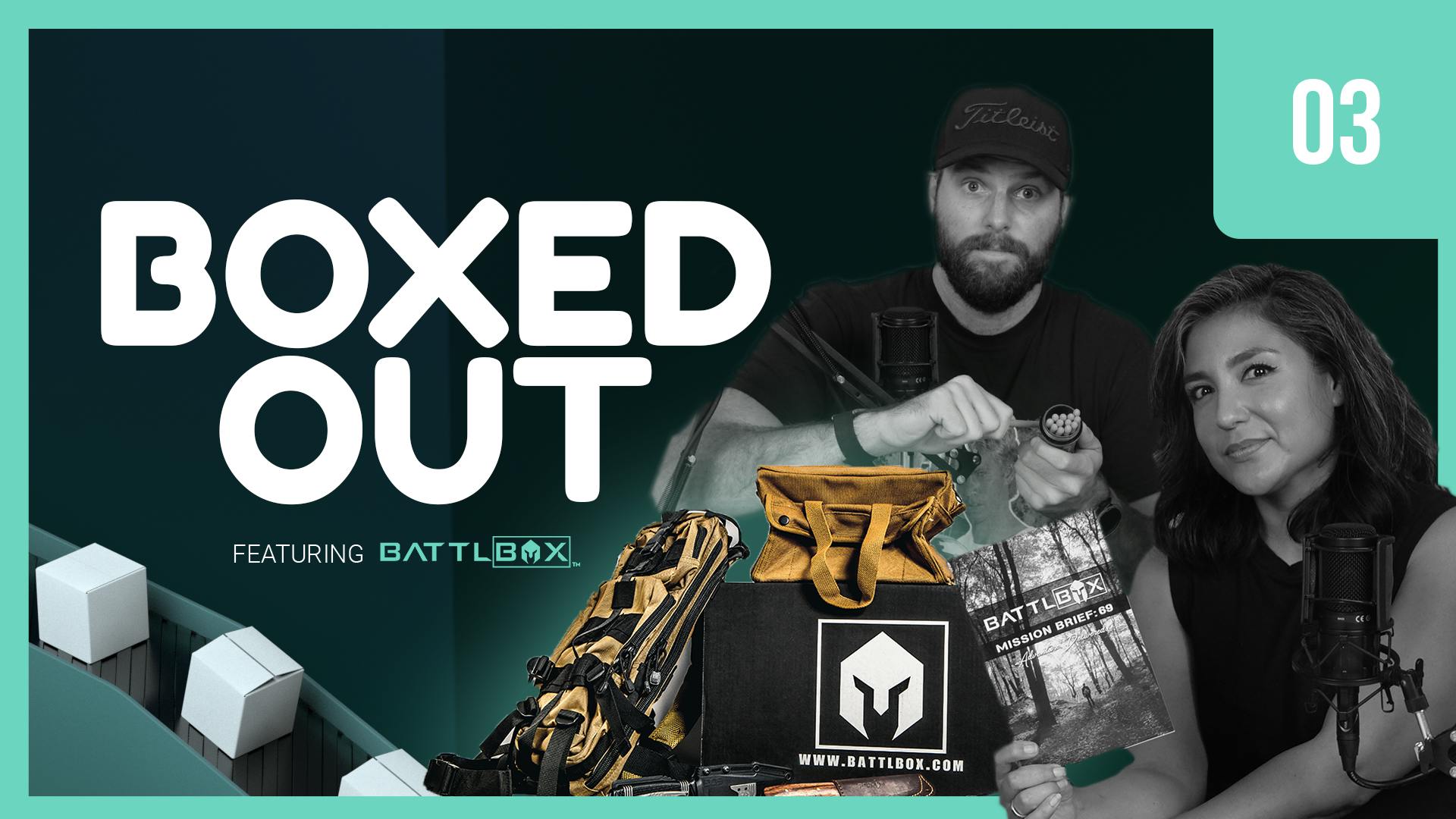
Can NatureBox avoid the slump?
This episode might reference ProfitWell and ProfitWell Recur, which following the acquisition by Paddle is now Paddle Studios. Some information may be out of date.
Please message us at studios@paddle.com if you have any questions or comments!
Today we're talking about NatureBox, a company that's revolutionizing the snack food industry with its ever-increasing focus on wellness. We're going to learn how Naturebox utilizes unique positioning and then we're going to jump into what they're doing great—and not so great—with their subscription retention strategy, wrapping this all up into a nice case study for improvements for your own brand.
NatureBox’s ability to diversify its business model to meet the changing consumer landscape has been key in its massive growth and success. But with customers now in the millions and over 1,000 crafted snacks, can they continue to keep up?
Key takeaways:
- Memberships increase AOV and retention
Memberships not only provide extra revenue, they provide a higher AOV and retention. Customers who are part of a membership tend to have 20%-30% higher AOV and 10%-15% higher retention.
Tie your membership to the products you sell and make sure it also provides extra benefits for your customers like an unlimited discount, free shipping, or monthly credits.
- Customization is key
When you’re a high-variety subscription you have to pare things down for customers to see exactly what makes sense for them. Add a small quiz or onboarding flow, and then offer items to add to their cart based on that. Otherwise, customers can become overwhelmed with too many options and possibly not purchase at all.
- Donation options increase retention
When customers bundle a donation with their subscription purchase they tend to retain at a 10%-20% higher rate than those who don’t opt in to a donation. And with so many subscription ecommerce brands having a social component, donations are a great tactic to add to the onboarding flow.
NatureBox
The Aztecs invented chocolate as a status-symbol snack in the form of a frothy beer over 3,000 years ago, and ancient Egyptians enjoyed wheat and barley bread with vegetable filler—with loaves doubling as a form of payment, giving dough a whole new meaning.
It's true that snacking has always been part of humans' daily habits from the time the first Stone Age pyro tech discovered cooking with fire, to the advent of campsite s'mores a million years later. In fact, anthropologists agree that it was humans' love of shoving a variety of tasty snacks down our pie holes like fruit, nuts, seeds, and plants that gave our species a leg up in surviving so long on planet Earth.
Luckily, nature has been providing people with all the ingredients needed to enjoy health-filled, mouthwatering munchies for millennia. This is reflected in today's modern health food industry, which has grown by nearly $100 billion in the last 5 years, topping out at over $800 billion in sales. The snack food industry itself is valued at almost $440 billion. And NatureBox has led the pack in this industry.
Founded in 2011 in Redwood City, California by college friends Ken Chen and Gautam Gupta, NatureBox was born out of Chen's early struggles with excess weight during his teenage years, and the nutritious food regime he followed that led him to shed 70 pounds. The duo was determined to help others live a healthier lifestyle too, and they used their personal experience to innovate a triple-decker of snacking success: hands-on development of their own nutritious products, smart analysis of their snacker's preferences, and a direct-to-consumer business model.
Their first delicious product line was carefully crafted using input from nutritionists and local growers, and each subscriber's preferences were then tracked with data analysis tools in order to meet their custom cravings, future requests, and food budgets. The online subscription model that was rolled out encouraged direct person-to-person interactions for the most authentic, real-time feedback, which was used to quickly develop new products, redevelop ones that weren't quite working, and improve customer service.
The result? The company launched at full speed that first year, rolling out 60 exclusive new products and shipping 50,000 wellness boxes.
NatureBox's success
The number one reason for NatureBox's success is that this health-conscious company diversifies its business model to meet the changing consumer landscape. In 2016 for instance, it switched to a membership model in order to save subscribers money. That same year, NatureBox stretched out into the retail world where millennials were big health food shoppers, then wisely pulled back from this space in 2020 during the pandemic to focus on formulating a groundbreaking new plan.
The other major advantage NatureBox brings to the snack food table is its ever-increasing focus on wellness, which aligns with how people are spending their food dollars. The company has responded to this market trend with a leap from "better for you" to "good for you." It's innovative new adaptogen collection is full of health-protecting plants and herbs, the largest such collection in the industry.
NatureBox Snack Boxes deliver custom-tailored wellness in the most mouthwatering natural combinations. Over ten functional health options are available to customers when they're deciding on the best snacks, including gluten-free, keto-friendly, no sugar added, vegan, non-GMO, and high protein—plus a trio of taste preferences for sweet, savory, and spice-loving palettes.
No junk food stands a chance against the Less Stress Box with ancient adaptogens that are found in the pack's delicious Peanut Butter Maca Cookies, Pistachio Power Clusters, Elderberry Chews, and Dark Chocolate Berry Trail Mix. Seven additional Mindful Snack Boxes cover all the bases when it comes to feeding health, such as the Allergen-Free Box full of delectable mango, cinnamon, plantains, apples, and lentils. All Snack Boxes are free from artificial colors, flavors, and sweeteners and conveniently delivered to homes, businesses, or remote workers' home offices.
With more than two-million customers who've used its services and over 1,000 crafted snacks, NatureBox made such an impact that in 2018 Wheelhouse Partners acquired the company, then quickly sold out of its new line of CBD products within the week. This ability to take a sizeable 'bite' out of the multi-billion dollar CBD industry is indicative of NatureBox's ability to swiftly seize the healthiest market paths to ever-increasing growth and abundance.
Retention Review
Not everything's amazing about NatureBox’s strategy—but there’s still a lot to learn from them. They do a great job at appealing to the niche part of the market and expanding that niche steadily. That being said, we need to remember: retention is key and an area where most brands mess up.
Why is retention important?
You spend half of your budget and time acquiring customers, but to be successful, you need to keep them. The beauty of the subscription model is that the relationship with the customer is baked directly into how you make money. If that customer is happy, they'll keep buying from you in the long term. If they're upset or not seeing the value, they'll cancel—quickly.
Plus, money talks here. Subscription ecommerce companies using the tactics we're going to talk about have 2x the customer lifetime value (LTV), 2x the average order value, and 3x higher growth rates, because they're not worried about plugging a leaky retention bucket.
To highlight the importance here, let's look through NatureBox's retention strategy and break down what they're doing well, and not so well, so you can learn for your own DTC business.
Retention has three parts:
- Active churn, which are customers who are actively choosing to cancel your product.
- Expansion revenue, which are your existing customers that buy more product.
- Delinquent (or involuntary) churn, which are customers who's credit card or payment has failed, which sadly is one of the largest single buckets of where you're losing money.
Active Churn
When we look at NatureBox's active churn, there are so many reasons why a customer may cancel—some you can control, others you can't. We want to make sure NatureBox is not only setting up their customers for long-term retention in the initial purchasing process, but that they're also collecting information on why someone's cancelling, if they so happen to, in order to get a clean cycle of retention improvement.
One really interesting tactic NatureBox uses is offering both a membership and subscribe-and-save.You normally don’t see these offered together. The membership has all the big value adds like an unlimited discount, free shipping, monthly credits, and a snack guarantee. The subscribe-and-save is just a generic subscribe-and-save.
The biggest problem most brands have is the subscribe-and-save is too generic. It’s typically just a discount when they should be providing more of a reason to subscribe. NatureBox does offer this through their membership; however, so someone who doesn’t want to pay the extra fee can still subscribe. I’m not sure this is good, because it can get confusing.
But I don’t think it’s a problem, because the UX here isn’t revolutionary, but it’s very clean. They also have a massive advantage with high margin monthly recurring revenue coming from the membership dollars. This also gives them the ability to upsell folks from subscribe-and-save through reminders. Big takeaway here is to offer a membership where possible. It’s phenomenal for more revenue and the data shows that those customers who are part of a membership tend to have 20-30% higher AOV and 10-15% higher retention.
One thing that was not great was their offboarding flow. When I went to cancel, they forced me to call or chat with them in order to cancel. The person was really nice and even tried to save me with a salvage offer. But, this level of friction never pays off in the long run, because companies with this type of offboarding tend to have very poor reactivation rates, even if their short-term cancellation rate is a bit lower.
Sometimes cancellations are about timing. You should add a little bit of friction with an off-boarding flow that asks why someone’s cancelling to learn from that data and then offer them different options to stick around or pause their subscription. They may still leave, but because of the good experience more of these customers are likely to come back. The data supports this.
Expansion Revenue
Expansion revenue is crucial, because your existing customers are more than willing to buy 3x more from you—you just have to make sure to ask. Plus, those customers who have at least one add-on or additional purchase tend to have 18-54% higher lifetime value, meaning they're paying you more over the life of the subscription, but they're also sticking around longer, because they're more ingrained within your product.
NatureBox doesn’t do very well here. They did ask me to add an additional item to the cart in the checkout flow, but the experience then kicked me out of the cart. This created a small seemingly infinite loop of trying to get back to the cart where I was offered the same item again.
A lot of brands end up with these poor experiences because they add aftermarket plugins that weren’t thought out for their flow. You should make sure you’re actually going through your own checkout process every so often to see if something’s working or not.
Another issue I noticed was that they have so many different items and different box varieties, curated on their site, but not curated to me specifically. When you’re a high-variety subscription you have to pare things down for me to see exactly what makes sense for me. Add a small quiz or onboarding flow, and then offer me items to add to my cart based on that.
Right now NatureBox is doing the basics, but it’s kind of blunt. So it’s not bad, but could be so much more, especially given the power of their brand and the quality of their product.
The last piece here is an idea I think NatureBox could benefit from—adding a donation option. They position themselves as a sustainable, health-conscious brand, so I think they could attach themselves to a cause very easily. Based on a study we completed on over 30k subscription customers, when customers bundle a donation with their subscription purchase they tend to retain at a 10-20% higher rate than those who don’t opt in to a donation. Since so many subscription ecommerce brands have a social component, it’s a great tactic to add to the onboarding flow.
Credit Card Failures
Now let's talk about the sexiest topic in the world—credit card failures. We know you don't wake up sweating in the middle of the night thinking about credit cards—that's our job—but here's why we obsess over things like this: just under 40% of the customers that leave you are leaving you because of failed payments. To get these folks back, we want to make sure NatureBox is treating these folks like a marketing channel, sending them messages before the point of failures, all the way to after the point of failure through email and text messages.
This is where NatureBox, like most brands, needs a good amount of work. They need to make sure they’re shipping four to five plain text emails that appear as if they’re coming from a person rather than anything market-ey and over designed. Plain text works much better than HTML, market-ey emails, because they build reciprocity. The customer who feels obligated to respond, or at the very least not ignore the problem and just archive the email—especially if you include the value messaging NatureBox is so good at in their cancellation flow.
Furthermore, don’t forget SMS notifications. These messages have a 90% open rate within three minutes. Don’t overdo it, but a message or two with those emails will ensure you get a response a lot faster.
The one other aspect that’s powerful here is making sure you’re retrying the card not just randomly, but in an intelligent way. There are 130 different reasons a credit card fails. Most of them are outside of the customers control, so an easy way to get these customers back is just having a system to strategically recharge cards.
Overall:
Overall, NatureBox is doing probably about average to what we see from other subscription ecommerce brands. There are some highlights there, but also some lowlights. If they want to take on this multibillion-dollar industry and win, there are some key changes that need to be made.
Retention Revamp
Let's revamp. First though, why do we feel we have any authority to even talk about this? Roughly 20% of the entire subscription market is using ProfitWell, so we're sitting on more data than anyone else. Simply put, we have the data to know what works and what doesn't, and we care more about this problem than anyone else out there.
Let's walk through the things we'd steal and change immediately about NatureBox's retention strategy, so we can all learn for our own brands.
Steal aways
NatureBox’s membership option
Part of me thinks they should just bundle it within the subscribe-and-save option, but I’m actually leaning towards eliminating the subscribe-and-save and only have the membership option.
The membership wasn’t that expensive, and bundled all the things that should be in the subscribe-and-save option. But having both can get confusing for people. To me the benefits of having that extra revenue from the membership, which would also mean higher AOV and better retention—as we saw in a study we did on 5,000 subscription ecommerce brands where members tended to spend more and stick around longer—means they should go all in on the membership.
I also think NatureBox needs the membership to differentiate themselves more. We’ve seen Grove and Thrive Market use these to their advantage really well, and the mechanics are already there. Businesses should seriously think about a membership that’s tied to the products you sell. Make sure there are some extra benefits and then relish in the retention and growth gains.
Changes
NatureBox needs to improve their cancellation flow
Right now they're forcing you to contact support and I have a feeling it's because it’s giving them a short-term reduction in cancellations. The issue is that this type of offboarding actually decreases long-term lifetime value, because these customers don’t come back as often when it comes to customer reactivations.
Not all customers who cancel are lost. Sometimes it’s timing, or a vacation, or a whole list of things that have nothing to do with you. Instead, offer up a smooth offboarding with a one to two question survey on why they’re leaving, leading to a salvage offer or pause plan. It’s not a ton of friction, but it’ll reduce some churn and not hurt the long-term possibility of reactivations.
We’ve found that those companies that properly offer salvage offers and a clear off-boarding experience tend to save 15-30% of cancellations. This is based on a study we completed studying just over 1,000 subscription ecommerce companies. Plus, they tend not to see those terrible reviews and social media posts from angry customers.
NatureBox needs to upscale their credit card failure process
They aren't a small brand anymore and they’re losing a lot of money with their current process. They need four to five plain text emails that go out in an intelligent drip based on the customer's behavior after they realize the card declined, and those obviously aren’t sent when a credit card gets back on file. They need SMS messages in this flow, and they need to liven up their credit card form a bit more to properly capture the user back in a more secure and pleasing way.
We do have a lot of hope for NatureBox because these changes will have a big impact. I’m most excited to see how much they could actually GAIN around market share and retention. It's a great company and we know they can succeed here in boosting that recovery rate substantially.
Who's up next?
Next week we're breaking down Grove Collaborative, a company that's revolutionized the subscription household goods market. We're going to learn how Grove Collaborative is crushing it by focusing on sustainable, clean, and quality products.
